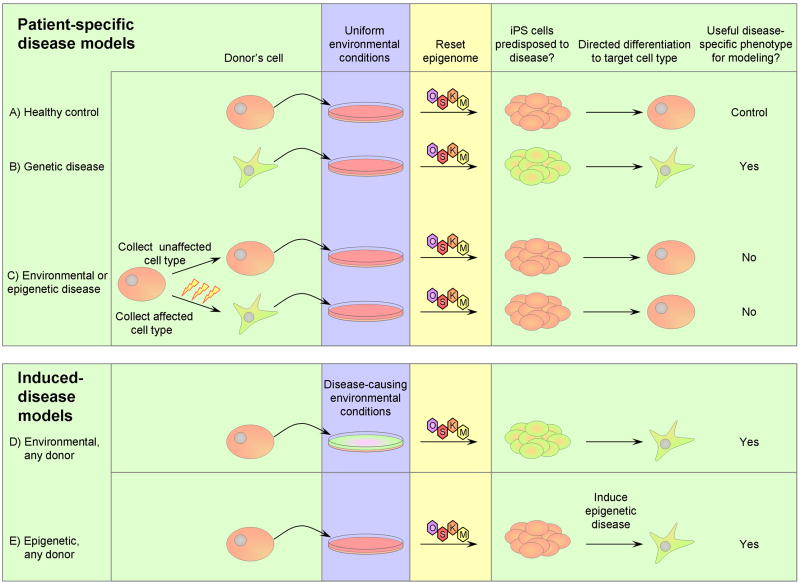Figure 3. Utility of patient-specific and induced-disease iPS cell-based disease models.
Pink = healthy, green = predisposed to disease. A) Healthy control cells can be cultured, reprogrammed to iPS cells, and then differentiated into a target cell type as a control for disease phenotype assays. B) Cells from patients with monogenic or highly penetrant genetic disease predisposition can be cultured, reprogrammed, and differentiated to the cell type responsible for the disorder. Since the genetic predisposition to disease is present in the final cell, this cell is likely to show disease-specific phenotypes when compared to the healthy control. C) For diseases caused by environmental and/or epigenetic events, some cell types may not have experienced the causative events. Cells without environmental or epigenetic predisposition to disease can be cultured, reprogrammed, and differentiated, but because they never carried a predisposition to disease the resulting cells are unlikely to demonstrate a disease-specific phenotype. Cells affected by a disease-causing environmental or epigenetic event can be cultured, in which environmental conditions are standardized, and reprogrammed, in which the epigenome is reset. After these factors are normalized, these cells no longer carry a predisposition to disease. Thus the iPS lines and differentiated cells resulting from this approach are unlikely to demonstrate disease-specific phenotypes. D) Cells from any source can be exposed to disease-inducing environmental conditions to create a model of an environmentally-induced disorder. This could be either during reprogramming (as shown), during differentiation, or during extended culture. E) Cells from any source can be epigenetically manipulated to mimic epigenetic alterations contributing to disease.

